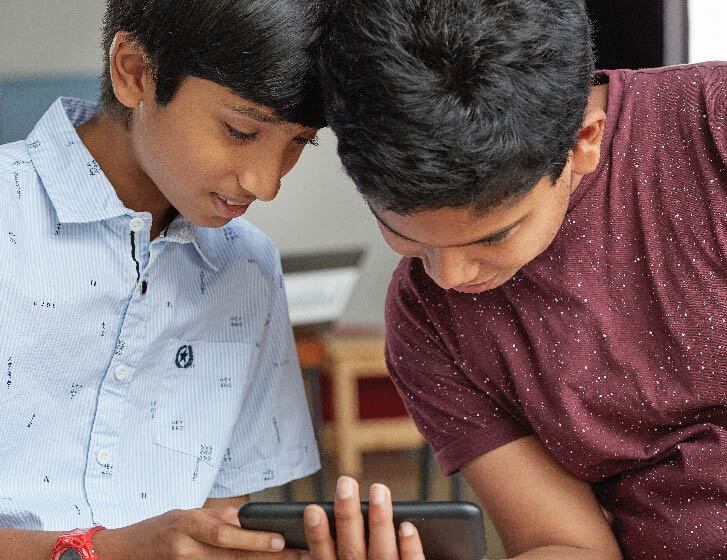Digital has taken over the job market. Even terms like books in accounts are now files on a computer. Automation and digital platforms have changed the nature of jobs. With Artificial Intelligence starting to be adopted by companies across various industries, digital competency is no longer an additional skill, but prerequisite knowledge for any job. To be employable, one must be familiar with a variety of digital tools that differ from job to job.
Thus, some exposure to digital tools during education is necessary. Schools have the responsibility to prepare children for the future, and that is precisely why schools are the ones who have to take it upon themselves to make children digitally competent. A great way by which schools can prepare students to be digitally skilled is by integrating learning and technology. There are a variety of ways by which this can be achieved. These are:
- Computer Classes: A practice already in place in many schools, computer classes allow children to get exposure to various computer software. This used to be an effective way to make students digitally competent when a few major software like Microsoft, C++, HTML etc… dominated the industry. Now, with digital competence’s definition going beyond just knowing a couple of software, computer classes aren’t as effective as they used to be.
- Smartboards: Smartboards are the digital replacements of blackboards and whiteboards, which were trademarks of traditional classrooms. Apart from the ability to write on them, smart boards have a variety of inbuilt software which makes learning easy and exciting. Smartboards are also convenient as they enable online classes. Teachers can get on a video call from the classroom and clear doubts of the students. They can also record lessons and put them up for students to access whenever they want. However, smartboards have a significant limitation. Students get exposure to technology, but do not get to use it. Mere exposure only helps them to learn about technology in theory, but they aren’t equipped to handle it on their own.
- Personal Learning Devices: The latest advancement in digital classrooms is equipping students with personal learning devices. Personal learning devices or PLDs are internet-enabled devices, such as iPads, Kindle, Netbooks etc… that aid education. Personal learning devices help students consume a vast amount of information in a short period. It is the most effective way to make students digitally competent as they are not just exposed to technology but are also interacting with it. Regular interaction with technology allows children to learn various digital tools on their own and also makes them easily coachable when they undergo training to learn more complex software.
Digital exposure is critical for a child’s development in the 21st Century. Children studying in schools with digitised classrooms will be more likely to be employed in the future as compared to students that have no exposure to technology. However, there is a significant concern that children will get hooked on to computers and develop bad digital habits. Thus, schools should also have a strong focus on teaching digital ethics which ensures students have good digital etiquette. Educating children on digital etiquette will ensure that children do not abuse technology and use it as intended, which is a tool to aid learning.



